As a student of history, I am amazed at how story after story repeats itself over and over and over. One of the themes that seems to be prevalent is the idea that one can be safe and secure behind high wall, moats, oceans, or huge enormous military forces. It isn’t true. History has shown time and time again, that what you think is your greatest invincibility, is actually your greatest weakness. Who am I referring to? Why the United States. Of course!
It’s an especially dumb day for anti-China propaganda. The Biden administration has imposed trade restrictions on 34 Chinese institutions on the unsubstantiated allegation that they are developing “brain control weaponry“, a claim the mass media have been all too happy to uncritically pass on to the public. Between that and the ridiculous reporting on Russian Havana Syndrome ray guns it’s like they’re literally trying to get everyone to wear tinfoil hats. Then there’s the Tucker Carlson guest who just told Carlson’s massive audience that the US military needs to be full of “Type A men who want to sit on a throne of Chinese skulls.” It’s highly disturbing how much the mass media have been talking about war with China like it’s a foregone conclusion lately, almost as though they’re working to normalize that horrifying idea. There’s also this new article for The Hill, hilariously titled “‘Allies’ China and Russia are ganging up on America”, about how the poor widdle US empire is being bullied by mean old Xi and Putin’s increasingly tight-knit collaboration. It is authored by Gordon Chang, who has been wrongly predicting the imminent collapse of China for decades, and is plainly absurd because the Moscow-Beijing alignment is in reality nothing other than the natural consequence of two nations realizing the need to work together against the globe-spanning power structure that is trying to bully them into submission. The US military budget has once again increased despite the US ending a war this year, and despite its facing no real threats from any nation to its easily-defended shores. The increase has been largely justified by the need to “counter China” and includes billions in funding for the ongoing construction of long-range missile systems on the first island chain near the Chinese mainland, explicitly for the purpose of threatening China. One need only imagine what would happen if China began constructing a chain of long-range missile systems off a US coastline to understand who the actual aggressor is between these two powers. -Caitlin Johnstone
The United States
For the last two centuries, America has been considered invincible. It was surround by the enormous “moats” of the Pacific and the Atlantic oceans, a formidable military, and a manufacturing capability that was (by far) better than any other nation in the world. It’s people were robust and willing to fight for their nations, and the nations to the North and South were mere client surrogates. They were willing to do whatever the United States said.
Many inside America still believe this. They still believe that this is still the case.
They are WRONG.
Times have changed.
They believe this myth; That the United States can bomb the Dejesus out of any nation it likes, and will suffer zero consequences of it. Whether it is Syria, Iraq, Liberia, Panama, Grenada, Afghanistan, or even now the Ukraine or Taiwan. And no one will fight back at the American homeland. No one will attack back. At worst, maybe an improvised munition on the road or a burst or two from a cheaply made AK-47.
Nothing to worry about!
And I am here to tell you that the NEXT war will be on American soil. It is engineered that way. And it’s going to hurt. Really, really, bad.
Let me tell you a history story.
Did you know that there was once a great nation the size of America that existed after the fall of Rome. And no, I’m not talking about the British Empire. I am talking about the Abbasid Caliphate.
Consider the frightening similarities.
- The United States = the Abbasid Caliphate.
- Washington DC = Baghdad
Consider The Mongol Sack of Baghdad in 1258
By Eamonn Gearon, MA, Johns Hopkins University
The Mongol conquest of the Abbasid Caliphate culminated in the horrific sack of Baghdad that effectively ended the Islamic Golden Age.
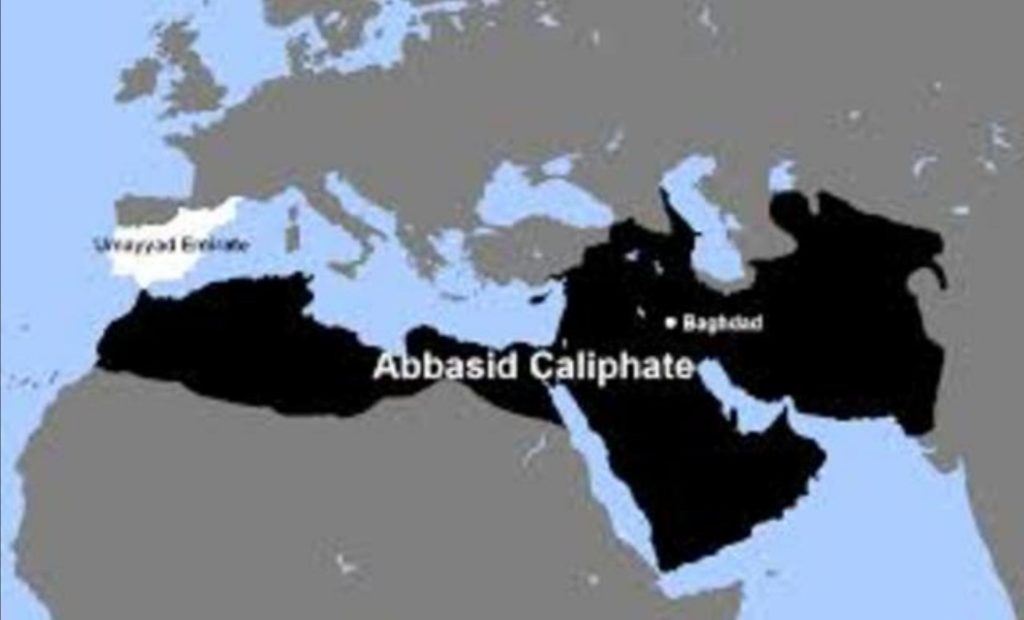
The Islamic Golden Age—from the 8th to the mid-13th century—was one of the greatest periods of human flourishment in knowledge and progress, with Baghdad as its focal point.
Just like America.
A truly global repository of human knowledge, this Arab-Muslim imperial capital also welcomed—indeed encouraged—scholars from across the known world.
Just like America.
As its wealth and fame grew, more and more scholars and engineers were drawn to the city from all over civilization.
Just like America.
But in January 1258, a vast Mongol army reached the city’s perimeter and demanded that the caliph—al-Musta’sim, the nominal spiritual authority of the Islamic world—surrender.
History of Baghdad: The Greatest City in the World
If you can imagine the shock waves, were Washington DC razed to the ground tomorrow, you’d be getting close to the horror that was about to accompany the Sack of Baghdad in 1258.
Founded 500 years earlier, Baghdad’s population had reached one million within a century, making it the world’s largest, most prosperous, and celebrated city.
If one thinks of London in 1897—the year when Queen Victoria celebrated her Golden Jubilee—the English city on the Thames was by then the largest and most important city on earth. In 1897, London was peerless in the world, with nowhere else coming close to matching its power and influence. It was the capital, and the fulcrum, of the British Empire.
If you can imagine the shock waves, were London razed to the ground tomorrow, you would be close to the horror that was about to accompany the Sack of Baghdad in 1258.
This is a transcript from the video series Turning Points in Middle Eastern History. Watch it now, Wondrium.
A Devastating Moment in History for Muslims in the Middle East
For many historians, the arrival of the Mongols into the heart of the Muslim faith and empire is the single most devastating moment in the history of the Muslim Middle East.
It’s easy to see why—and hard to argue otherwise—because the Sack of Baghdad would mark the end of the Islamic Golden Age.
Rather than submit, the Abbasid caliph challenged the Mongols to attempt to storm his city, if they dared.
The nomadic army from Asia—led by Hulagu Khan, one of Genghis Khan’s grandsons—did indeed dare.
Doing what they are most famous for, the Mongols thrashed Baghdad.
In 10 days of unremitting violence and destruction, Baghdad and its inhabitants were completely and utterly vanquished.
Almost without exception, the population was either put to the sword or sold into slavery.
The River Tigris ran red—to cite one of the most over-quoted, and overwrought phrases in history—with the blood of slaughtered men, women, and children.
After this, every building of note in Baghdad—including mosques, palaces, and markets—was utterly destroyed, among them the world-famous House of Wisdom.
Hundreds of thousands of priceless manuscripts and books were tossed into the river, clogging the arterial waterway with so many texts, according to eyewitnesses, that soldiers could ride on horseback from one side to the other.
Of course, the river turned from red to black with ink.
Who Were the Mongols?
The Sack of Baghdad fits, like a hinge, almost exactly in the middle of two defining dates in the history of Islam, from the founding of the faith in the year 622 to the end of the last caliphate in 1924.
Even by the standards of the day, the destruction was shocking, and the results long-lasting, if not permanent.
The Mongols’ name during this period in history was a byword for destruction.
Who were they and where did they come from?
Is there any reason to think that they were any more destructive than other peoples at the time?
The Mongols, an ethnic group, originating in north and central Asia, were typically pastoral peoples, whose nomadic lifestyle inevitably brought them into conflict with more settled populations.
Probably the best example of how settled peoples tried to restrict their otherwise free movement is the Great Wall of China. The wall was essentially built to hold back incursions of their Mongolian neighbors to the north.
This preference for nomadism over a settled existence is central to the view of the Mongols as especially destructive.
As one writer put it, while Muslims built cities—Baghdad and Cairo, for example—Mongols destroyed them. Does this mean that the Mongols were inherently more ruthless or violent than Muslims or crusading Christians? Not necessarily. Rather, it shows that their priority, in terms of conquest, was for land, for grazing—for space even—rather than for cities and confinement.
As one writer put it, while Muslims built cities—Baghdad and Cairo, for example—Mongols destroyed them.
One thing that came out of the Mongols’ lack of interest in seizing cities was their enhanced mobility.
Often living on a diet of mare’s milk—or blood, if the mares were not lactating—Mongol custom meant that they never washed their clothes. This, along with a heavy fat diet—both milk and meat—no doubt accounted for the Mongols’ reputation as a very smelly, as well as scary, foe.
The Fierce Mongol Warriors
Contemporary chroniclers tell us that Mongol warriors were most comfortable in the saddle, literally, it seems.
If they had to move more than a hundred yards, or so, they’d jump on a horse and ride. Also, all warriors owned numerous mounts, allowing them to cover larger distances than more traditional cavalry found in the Near East and Europe. While they rode light into battle, the Mongols used harnessed oxen to pull their heavier and more cumbersome possessions from place to place.
An important facet of the Mongol way of war and conquest was their use of terror as a tactic. The banging of metal pots and the rattling of bells was the usual way of announcing the start of a battle. This created such a din that defenders of a city under siege would find it almost impossible to hear their officers’ commands.
Whenever they entered new territory, the Mongols would offer the local rulers an opportunity to surrender. But in the language of many a salesman, this was a one-time offer.
For those foolish enough not to surrender immediately, conquest and destruction without quarter would be their lot, and the people of Baghdad knew this.
Setting the Scene for Catastrophe Before the Sack of Baghdad
In 1206, just 52 years before the Sack of Baghdad, the Mongol Empire was formed and led by the legendary Genghis Khan.
Khan is originally a Mongolian word that means military leader, or sovereign, a king, in English. Being accepted as the Great Khan effectively elevated Genghis to the status of an emperor. His grandsons now ruled the Mongolian Empire.
In addition to Hulagu Khan, who led the attack against Baghdad, there was Kublai Khan, conqueror of China, and Mongke Khan, who became the Great Khan and sent his brother Hulagu to Baghdad.
Hulagu marched at the head of perhaps the largest Mongolian army ever assembled, consisting of as many as 150,000 troops, with Baghdad one of several goals for this mission. First, Hulagu was told to subdue southern Iran, which he did.
Next, he was to destroy the infamous Assassins.
A breakaway Nizari-Ismaili-Shia sect, founded in the 11th century, the Assassins had achieved infamy for the political assassinations—hence, the term we use today—carried out by certain of their number.
Although it was known that the Assassins were based at the castle of Alamut in northwestern Iran, many of their adversaries thought they were somehow invincible because of the stealth they typically employed.
Hulagu Khan proved this was not the case.
After destroying the Assassins and their castle fortress at Alamut, Baghdad was the next stop on his list.
The majority of Hulagu Khan’s men were Mongolian warriors, but the force also contained Christians, including soldiers led by the king of Armenia, Frankish Crusaders from the Principality of Antioch, and Georgians.
The majority of Hulagu Khan’s men were Mongolian warriors, but the force also contained Christians, including soldiers led by the king of Armenia, Frankish Crusaders from the Principality of Antioch, and Georgians. There were also Muslim soldiers from various Turkic and Persian tribes, and 1,000 Chinese engineers—artillery specialists, who were always in demand when the need arose to reduce walls to rubble.
The Abbasid Caliphate
The Abbasids—the third Islamic caliphate to rule the Muslim Middle East since the death of Muhammad—had risen to power in 750, after overthrowing their rivals, the Damascus-based Umayyads.
Taking their name from one of Muhammad’s uncles, Abbas, the Abbasids quickly took control of almost all Umayyad lands, and so found themselves ruling over an enormous empire that covered the Arabian Peninsula, North Africa, the Levant, Syria, Iraq, Persia and beyond to modern Afghanistan.
A new Abbasid caliphate deserved a new capital, which they established in Baghdad, in 762, and immediately built it into an imperial city worthy of their greatness.
A new Abbasid caliphate deserved a new capital, which they established in Baghdad, in 762, and immediately built it into an imperial city worthy of their greatness.
Within a couple of generations, Baghdad had attracted some of the world’s greatest scholars.
Alongside Persian scholarship and cultural traditions—and Arab authority—one saw people from other parts of Asia, Europe, and Africa. Numerous Jews and Christians also pursued studies there.
Baghdad: A City of Learning
Among innumerable libraries and other centers of learning in ancient Baghdad, the greatest of them all was founded by the early Abbasid caliphs.
Called the Bayt al-Hikma—or House of Wisdom—this was the place that the best scholars and professors aspired to reach—not just Muslims from the Islamic world.
Imagine if you will, all of America’s Ivy League Colleges rolled into one; add to those the science and technological power of Carnegie Mellon, MIT, Stanford, and Berkley, then add Oxford and Cambridge to the mix, and the world’s great non-English-speaking universities. It comes close to what the House of Wisdom was like—except it was even more influential.
Imagine if you will all of America’s Ivy League Colleges rolled into one; add to those the science and technological power of Carnegie Mellon, MIT, Stanford, and Berkley, then add Oxford and Cambridge to the mix, and the world’s great non-English-speaking universities. It comes close to what the House of Wisdom was like—except it was even more influential.
There were two distinct sides to scholarship in Baghdad. One was translation work, with texts from India, Persia, and Greece gathered in huge numbers.
Texts originally composed in Persian, Sanskrit, Greek, Syriac, and Chinese were all eagerly rendered into Arabic.
Combined with this extensive translation work, however, was a wealth of original scholarship, funded and encouraged by the caliphs.
The arts and sciences alike were covered, so that advances were made in almost every imaginable subject, including mathematics, medicine, astronomy, physics, cartography, zoology, and poetry.
A Weak-Willed Caliph in Thirteenth-Century Baghdad
In the year 1242, al-Musta’sim became the 37th caliph in the Abbasid line. Baghdad’s glory days were behind it.
By this stage, the Abbasid caliphs were largely figureheads, propped up by outside forces.
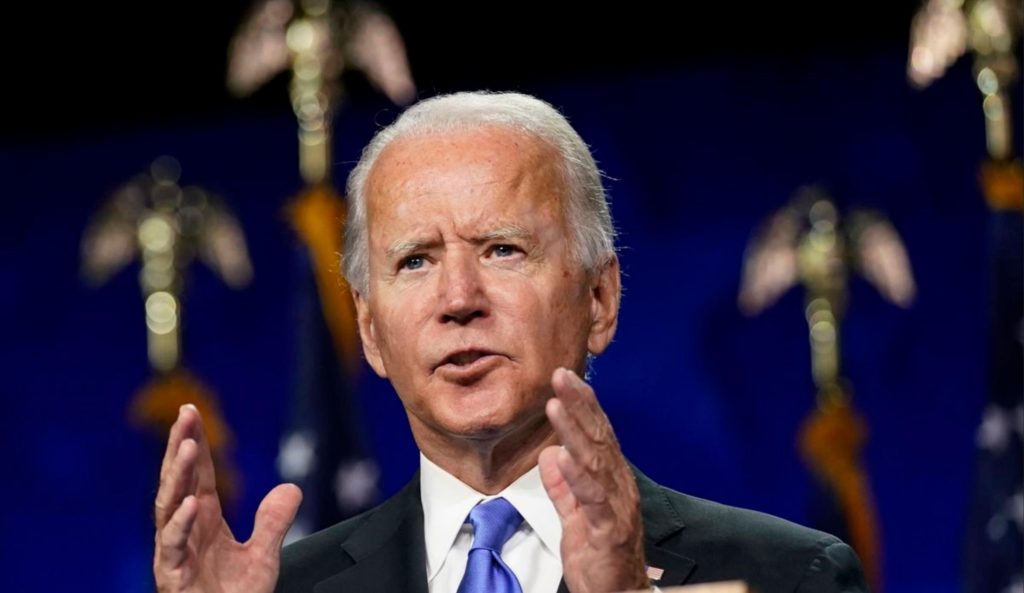
If they were important at all, it was as the inheritors of Islamic orthodoxy and as beacons of cultural greatness, but not as a political power to be obeyed nor a military force to be feared.
Indeed, the Abbasids already were in the habit of paying an annual tribute to the Mongols. Despite this, the city was still large and prosperous.
A weak-willed, even dissolute character, al-Musta’sim was happier hanging out with musicians and drinking wine than he was ruling…
Alas for Baghdad, the court of history doesn’t rate the caliph as the greatest of his line.
A weak-willed, even dissolute character, al-Musta’sim was happier hanging out with musicians and drinking wine than he was ruling an already weakened empire.

In 1251, the Abbasids sent a delegation to pay homage on the coronation of Hulagu’s brother, Mongke, when he became the Great Khan, but this was no longer considered enough.
Mongols Demand Submission by Abbasid Caliph al-Mustasim
Mongke insisted that the Abbasid Caliph al-Musta’sim come in person to Karakorum, the 13th century capital of the Mongol Empire, in the north of modern Mongolia, to fully submit to Mongol rule.
The Caliph al-Musta’sim refused to do so.
The final showdown between the Mongols and the Abbasids was set.
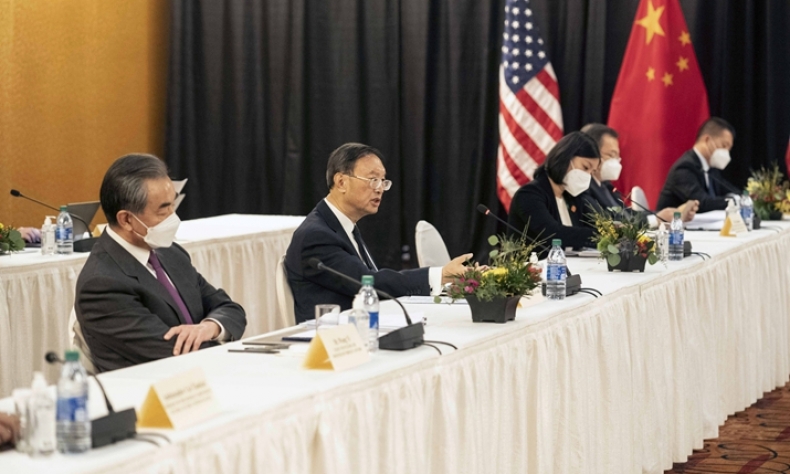
With the Mongol horde marching on Baghdad, a clash was inevitable, although this wouldn’t be the first encounter between the Abbasids and the Mongols.
In the recent past, the Abbasids had managed a couple of small-scale military victories against Mongol forces.
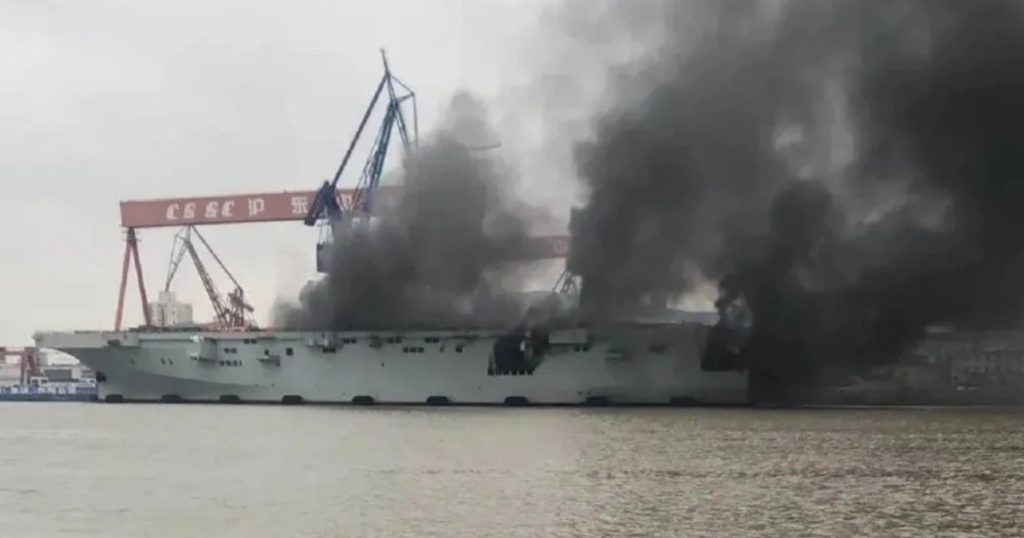
However, these were soon overturned and weren’t part of any trend of a militarily resurgent Abbasid Empire.
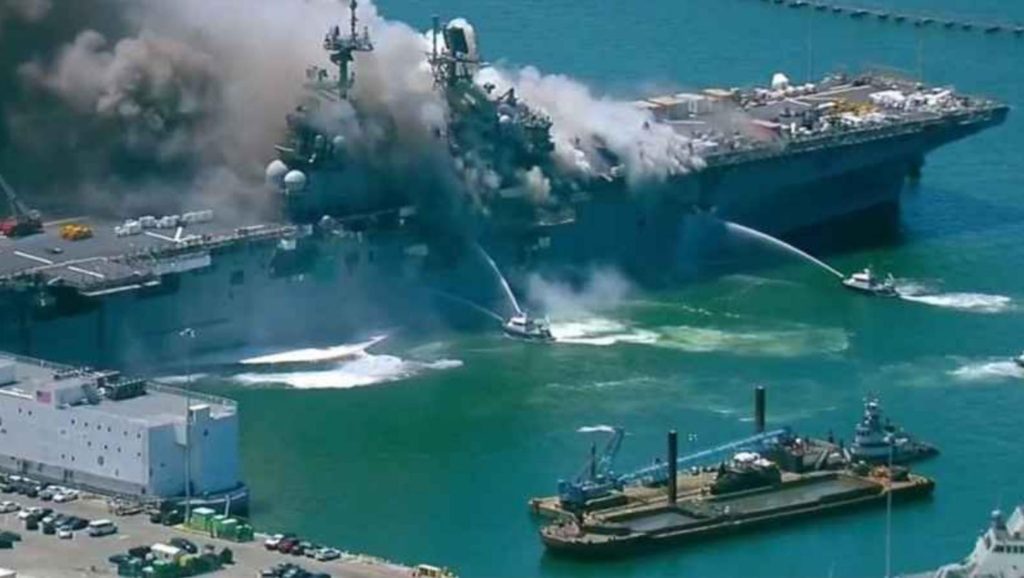
Their days of martial glory were long gone.
Adding fuel to the fire, al-Musta’sim is said to have slighted Shia Muslims by various acts and decrees.
He should have known better, as his grand vizier, or senior advisor, was himself a Shia Muslim.
This vizier is said to have sided with the Mongols, encouraging their takeover of the city, perhaps imagining that he’d be given control of Baghdad by a grateful Hulagu.
If this is what he thought, he didn’t know anything about Hulagu.
A Difficult Decision for the Caliph to Surrender to the Mongols
The caliph was faced with a choice between surrendering to the Mongol leader and presumably saving his city, or building up his army, and riding out to meet the invading warriors in combat.
It likely never crossed the caliph’s mind that he should probably surrender rather than send threats to Hulagu.
Al-Musta’sim discovered a third option: Doing nothing.
Baghdad was surrounded, and al-Musta’sim realized too late that the Mongol army was far larger and stronger than he’d been told.
The rest of the Muslim world wasn’t about to rush to his rescue either.

The siege of Baghdad began on January 29, 1258.
The Mongols quickly built a palisade and ditch and brought siege engines, such as covered battering rams that protected their men from the defenders’ arrows and other missiles, and catapults to attack the city’s walls.
At this stage, al-Musta’sim made a last-ditch attempt to negotiate with Hulagu and was rebuffed.
Al-Musta’sim surrendered Baghdad to Hulagu five days later, on February 10.
Adding to the distress of those inside the city, Hulagu and his horde didn’t make any attempt to enter the city for three days.
The stress must have been awful.
A Glimmer of Compassion for Baghdad Christians
Late in life, Hulagu became a Buddhist.
At this moment, however, the only sign of compassion he showed was towards Baghdad’s Nestorian Christian community.
Nestorianism was a form of Christianity that church authorities had declared heretical in the 5th century.
It stressed that the divine and human aspects of Jesus’s nature were separate.
Many Nestorians had moved to Persia, where they’d lived ever since.
Hulagu, upon entering Baghdad, told the Nestorians to lock themselves in their church and ordered his men not to touch them.
What was the reason for this act of kindness before the bloodbath that was to follow?
Simply that Hulagu’s mother and his favorite wife were both Nestorian Christians.
Mongols Execute Baghdad Notables
About 3,000 of Baghdad’s notables—including officials, members of the Abbasid family, and the caliph himself—pleaded for clemency. But all 3,000 were put to death without compunction…
With the Nestorians secure, Hulagu allowed his army an unfettered week of rape, pillage, and murder to celebrate their victory.
About 3,000 of Baghdad’s notables—including officials, members of the Abbasid family, and the caliph himself—pleaded for clemency.
But all 3,000 were put to death without compunction; all, that is, except for the caliph. He was held prisoner for a little while longer, perhaps in part so that he could see the full extent of what befell his capital.
Estimates of the death toll range from 90,000 at the lowest end to one million at the other. Apart from being a conveniently round number, the population of Baghdad was around a million, and the historical record tells us not everyone was killed.
Whatever the actual number, it included the army that had dared resist Hulagu’s advance, and the civilians, who had no choice either way.
Men, women, and children down to babes in arms were put to the sword or clubbed to death. Little mercy was shown unless it was of a quick rather than a lingering death.
Death of a Caliph
The Caliph al-Musta’sim was forced to watch these murders and the plundering of his treasury and palaces. Hulagu taunted him that, with so much gold and so many jewels, he’d have been better off spending some of these riches on building up a bigger army.
As for how the caliph met his end, one account says he was locked in his treasury, surrounded by his wealth, and left alone to starve to death. As colorful as this account is, it doesn’t sound likely, given the widespread looting that took place, nor is it corroborated by any sources.
A more plausible account, as reported by several chroniclers, goes like this: Hulagu had been warned by his astronomers that royal blood shouldn’t be spilled onto the earth. If it were, the earth would reject it, and earthquakes and natural destruction would follow.
If we consider his record, one might not think Hulagu an especially cautious man. However, in this case, he plotted the safer course.
The caliph was rolled in carpets, which would catch any blood spilled, and then he was trampled to death by his own cavalry. Obviously upset at the foolishness and idiocy of their own leadership.
For the first time since the death of Muhammad, 636 years earlier, Islam had no Caliph whose name could be quoted in Friday prayers.
Destruction of the City of Baghdad
If you’re looking for an example of a city razed to the ground, Baghdad in 1258 would be a good choice.
Apart from the human casualties, there was the destruction of the 500-year old city itself. Fires were set so that the fragrant scent of sandalwood and other aromatics was smelled up to 30 miles away. If you’re looking for an example of a city razed to the ground, Baghdad in 1258 would be a good choice. After a week, Hulagu ordered his camp out of the city, and moved upwind, away from the stench of rotting corpses.
Hulagu left Baghdad a broken and depopulated city.
Even if those left alive had wanted to rebuild, they lacked the numbers, the resources, and the skills to do so. The death and destruction were such that it would be more than a decade before anyone from Baghdad performed the hajj pilgrimage to Mecca.
In attacking Baghdad, Hulagu also destroyed the network of canals that irrigated the arable land thereabouts. Famine and plague followed the Mongol horde to Baghdad as elsewhere. Their scorched-earth tactics make it easy to see why they’re often tagged with a reputation as the most destructive of all the great empires.
Common Questions About the Sack of Baghdad
Q: What made the Mongols take Baghdad?
The Mongols sacked Baghdad because the Caliph Al-Musta’sim refused to capitulate to Mongke Khan’s terms of submission and use of Al-Musta’sim’s military to support forces fighting in Persia.
The United States will be sacked and burned to the ground because the American leadership refuses to coexist on equal terms with the rest of the world.
Q: How was Al-Musta’sim killed?
This most common story is that Al-Musta’sim was wrapped in carpets and trampled to death so as not to shed blood, which the superstitious Mongols believed would cause an earthquake.
There will be no mercy given to any wealthy oligarchs, or leadership of any kind associated with the collapsing United States.
Q: Who was responsible for burning the huge Library of Baghdad?
Hulagu’s men burned down the Library of Baghdad as well as many other notable places.
The massive monuments, libraries, and history of America will be unequivocally destroyed.
Q: Why did Mongol rulers convert to Islam?
Genghis Khan’s grandson Berke was one of the very first Mongol rulers to convert to Islam, and it was largely due to the efforts of Saif ud-Din Dervish. Other Mongols converted from the influence of their wives.
The United States will be broken up into smaller "nations" and each one will possess a new form of governance. No thread of the failed American "democracy" will endure.
Conclusion
Today, the United States is no longer geographically isolated and protected. The huge distances between their “targeted enemies” no longer makes an difference. No longer can leadership in Washington DC order attacks against Asia and believe in absolute confidence that their offices, their homes, and their daily routines will continue as always.
No longer an the United States have staff sitting inside military bases in safety while they direct remote drone strikes by robot. In the future, they will be pulverized into oblivion.
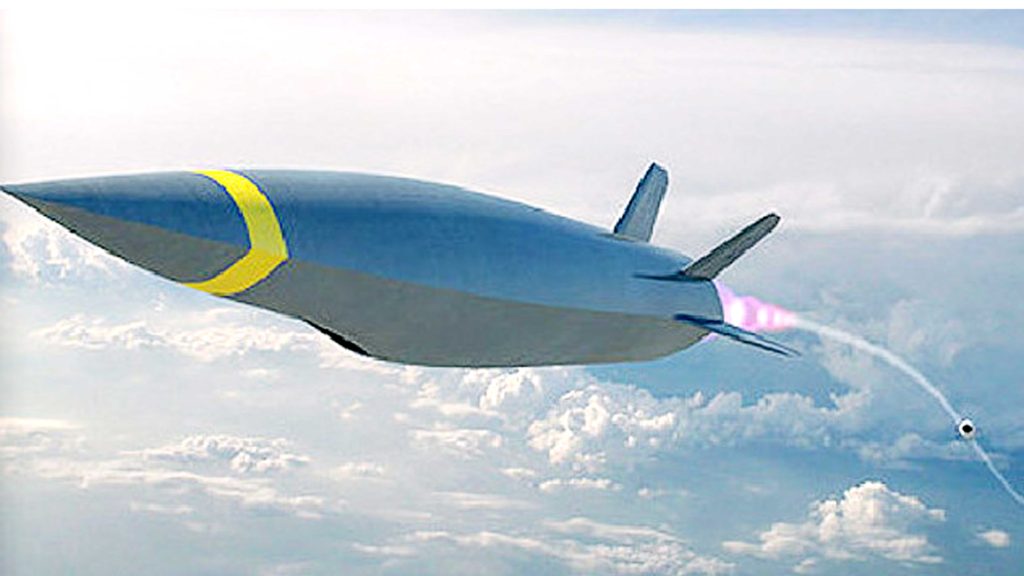
What we are witnessing today is the same exact ignorance and ego of the leadership of the United States what we saw with the Abbasid Caliphate, and I argue that it’s destruction will be just as harsh, and just as long lasting.

While I urge pleas to everyone to stop this madness, and to step out of the “echo chambers” that they inhabit. No one is doing so. Such as this old dinosaur in Washington DC that wants to destroy China because it is using “mind control weapons” to control the American people!
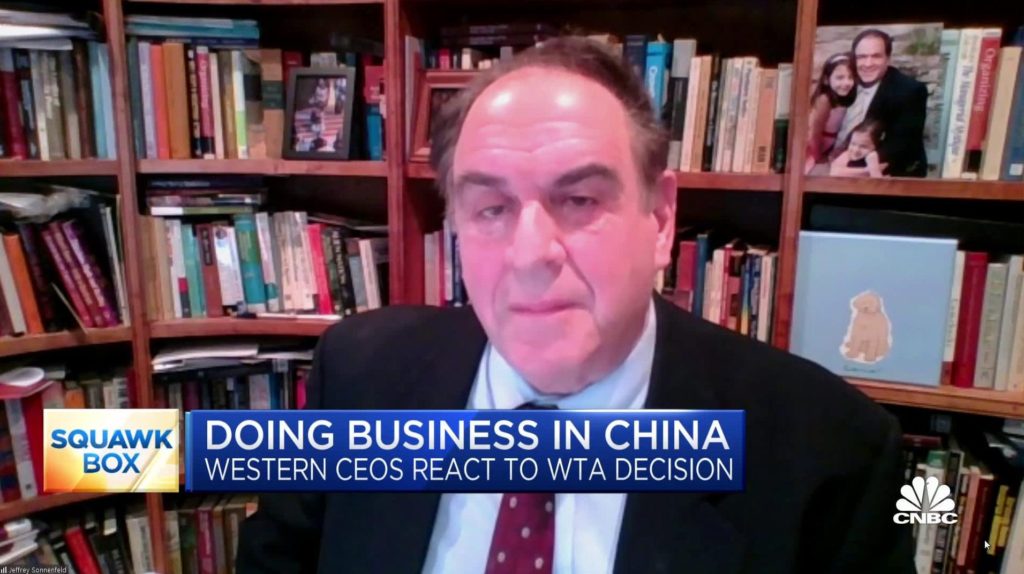
Pretty fucking piss-poor “mind control” weapons if you ask me. Most of America can’t wait to bomb China into dust.
And you all know, the fear-mongering that is raising the fears of Americans isn’t doing much else. China and Russia are plowing ahead. Just like the Mongols did. They know that they are in a position of superiority. And whether it happens today, or in five years, the future of America depends on it’s leadership.
How do you think they are going to handle this historical moment?
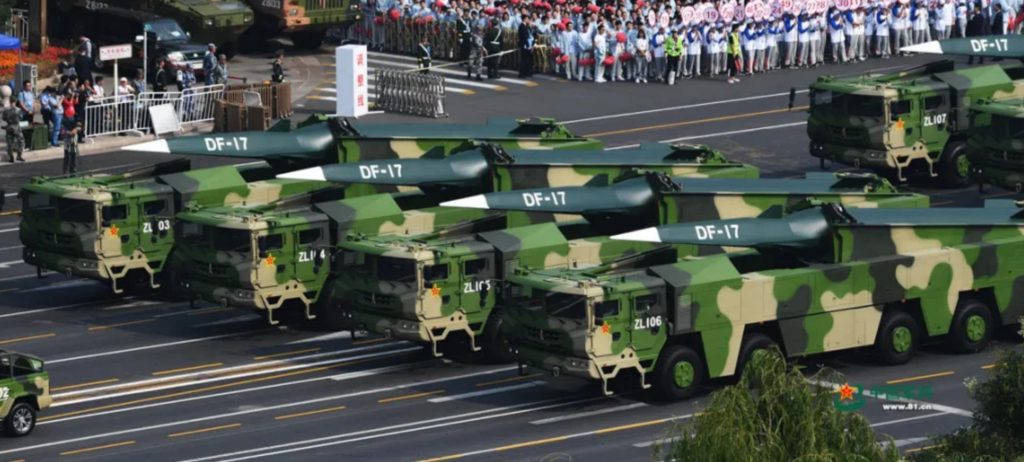
Do you want more?
You can find more articles related to this in my latest index; A New Beginning. And in it are elements of the old, some elements regarding the transition, and some elements that look towards the future.
New Beginnings 2.
Articles & Links
Master Index.
- You can start reading the articles by going HERE.
- You can visit the Index Page HERE to explore by article subject.
- You can also ask the author some questions. You can go HERE to find out how to go about this.
- You can find out more about the author HERE.
- If you have concerns or complaints, you can go HERE.
- If you want to make a donation, you can go HERE.



I have a feeling the Zionist cabal that control and run the show inside the USA will survive and prosper. The same Zionist cabal that is connected to the Eastern NWO. Troop consolidation is happening on Ukraine’s borders, only a matter of who shoots first.
History says otherwise. But, we will see.
The adrenochrome junkies are only prolonging an ugly death:) OG
I just stumbled across this blog 2 days ago and have been reading non-stop. Oh my god, finally. I know you hate doing it but I for one am very, very grateful that you’re doing this work. Thank you.
You are welcome. I haven’t been getting much feedback as of late. Just a couple of trolls, and some assholes that I quickly send off to the recycle bin. So your words of kindness resonate. I urge you to read my Intention prayers Index, my Rufus Index, My Domain Index and everything else. Have fun.